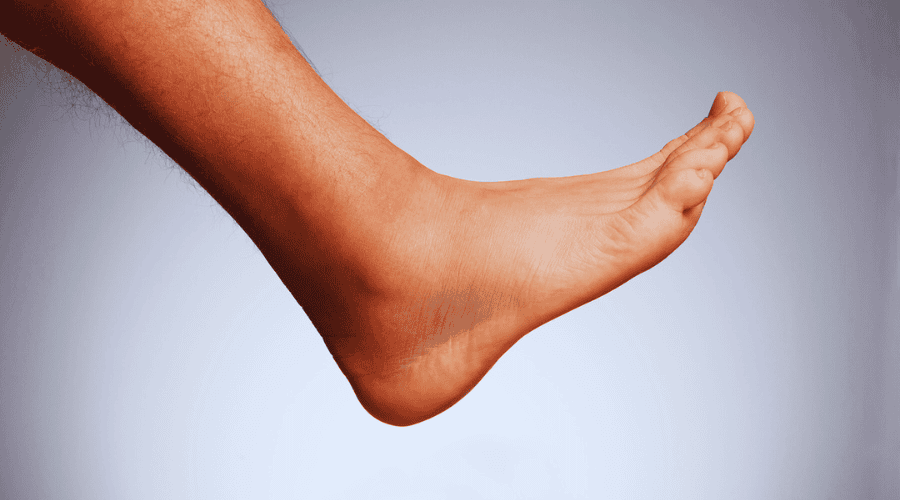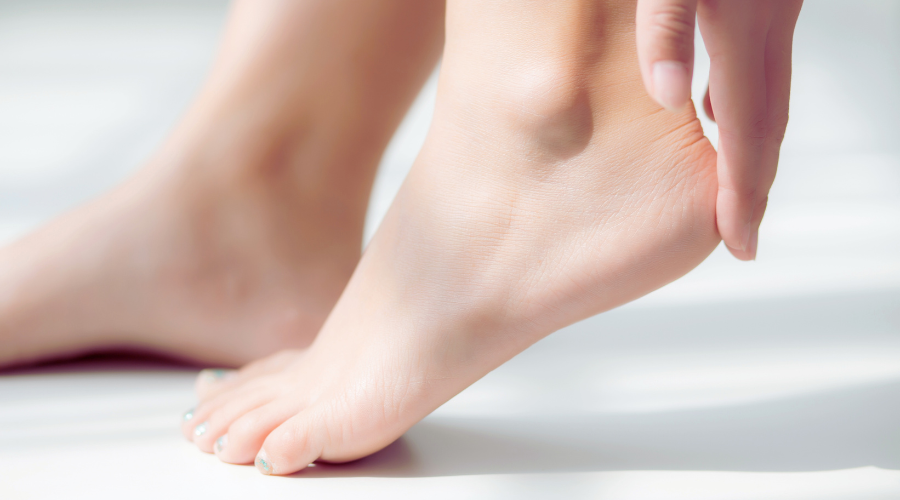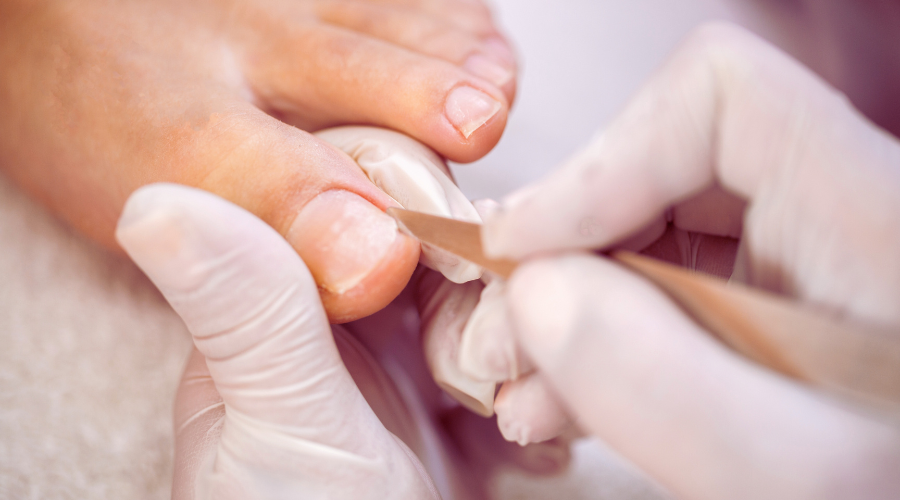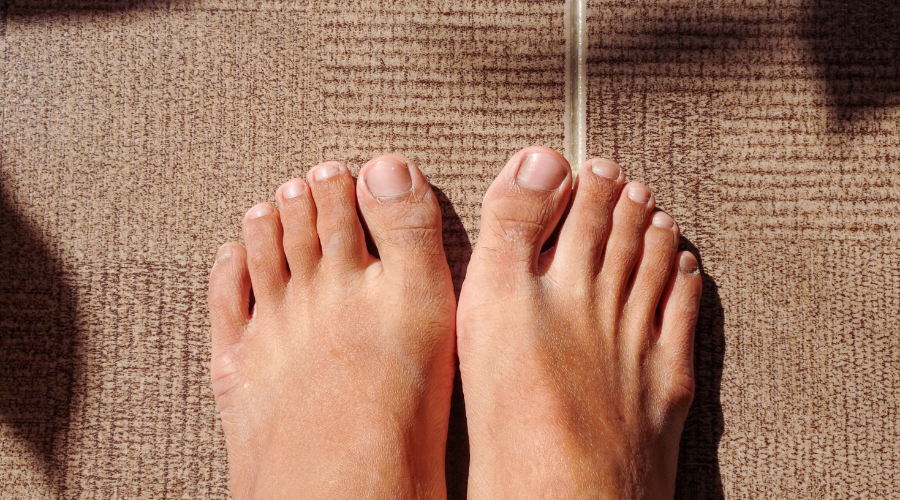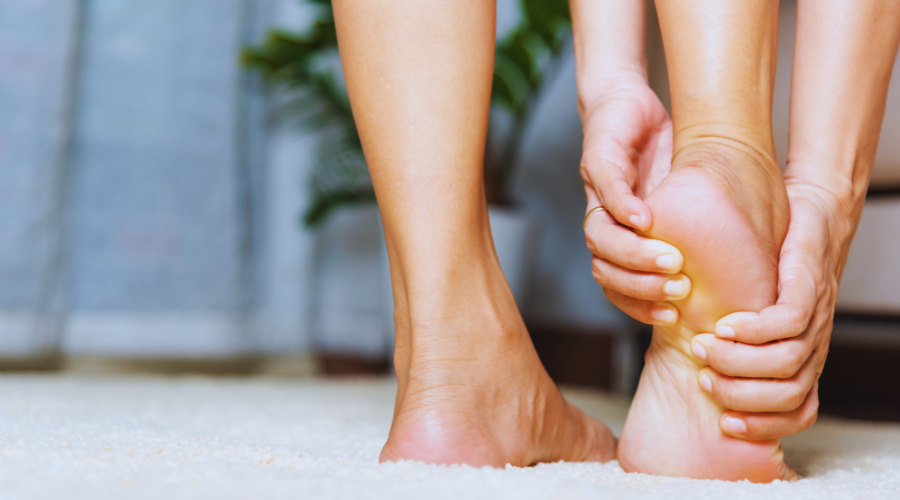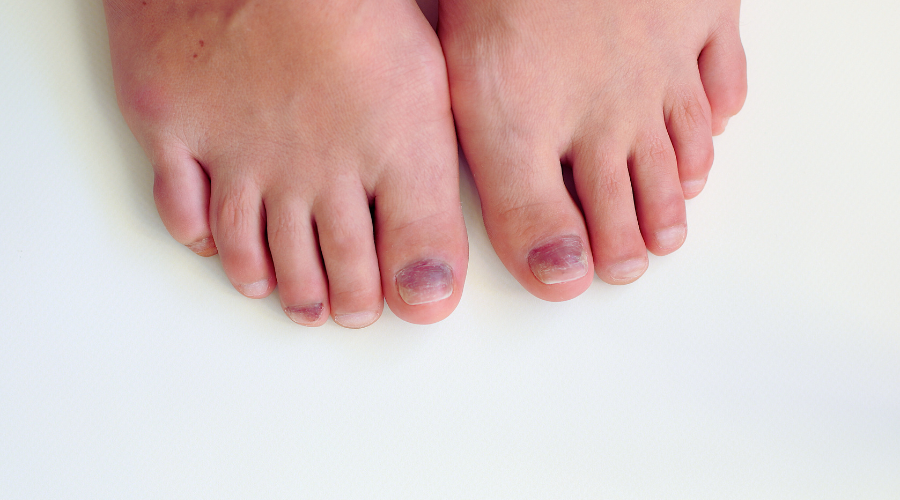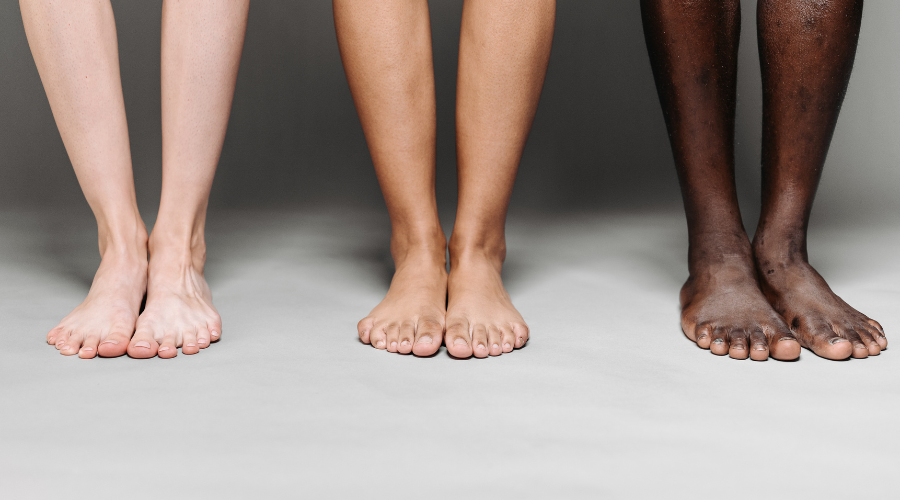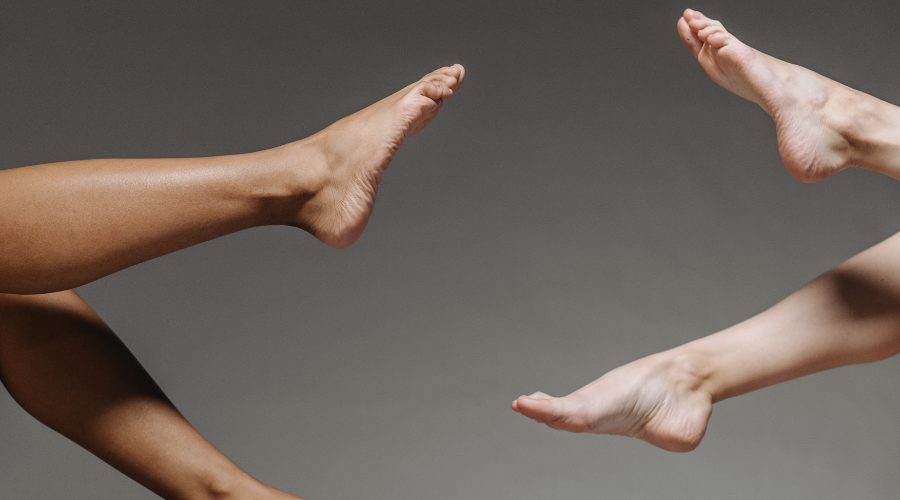A heel spur is a common cause of heel pain. It’s a tiny bone growth on the bottom of your heel which extends towards the front of your foot. Not everyone who has a heel spur experiences pain, but those who do can find walking extremely painful.
Let’s take a close look at heel spurs, their symptoms, and causes, and how to treat and prevent them.
What Is A Heel Spur?
A heel spur is a calcium deposit, or bony growth, that protrudes under your heel bone and grows towards your foot arch.
It usually takes several months to form and do not appear overnight.
They’re common among people who take part in a lot of sporting activities, especially ones involving running or jumping.
Common Symptoms Of Heel Spurs
While there are no actual symptoms of heel spurs, they can cause you to experience pain due to inflammation.
Some of the most common symptoms of heel spur pain can include:
- Experiencing pain first thing on waking, or after a period of rest
- Pain is worst with your first steps but tends to subside after walking for a little while
- You can feel a small lump under your heel bone
Everyone is different, however, and will experience varying degrees of symptoms and pain.
Common Causes Of Heel Spurs
Some common causes of heel spurs and associated pain can include:
- Excessive physical activity – activities that place stress on the heel and foot like running and jumping
- Overweight – excess weight on your feet
- Pregnancy – weight gain and swelling are common side effects of pregnancy, as well as a softening of ligaments, which can result in inflammation
- Foot arch problems – flat feet and high arches can both contribute to how your foot stretches
- Poor shoes – shoes with poor support can cause heel pain
- Other medical conditions – conditions like diabetes and arthritis can affect your feet as well
How To Treat Heel Spurs
There are several options when it comes to treatment for heel spurs.
A podiatrist may conduct a bio-mechanical assessment to see how your foot works and what you can change to stop the pain. This could include changing your footwear, exercise routine or things like stretching, foot exercises, or massage.
Custom orthotics could be another solution, depending on what your podiatrist thinks is best for you.
Pain can often be eased with over the counter anti-inflammatories, and in some cases, a corticosteroid injection.
Most people can get better using non-surgical treatments, but a small percentage of patients might need surgery to correct the heel spur.
How To Prevent Heel Spurs
Some easy ways to try and prevent heel spurs and associate pain are to:
- Wear well-fitting shoes that are activity-appropriate
- Always warm up before exercising and stretch afterwards
- Make sure your shoes’ soles and heels are not worn away and offer a good level of cushioning
- Speak to your podiatrist who can advise on what to avoid or do for your individual circumstances
If you’re experiencing heel pain that just won’t go away, or sounds like what we’ve described above, don’t delay any longer. Book an appointment online now with one of our podiatrists in Sydney or call us on 02 8096 4763.



